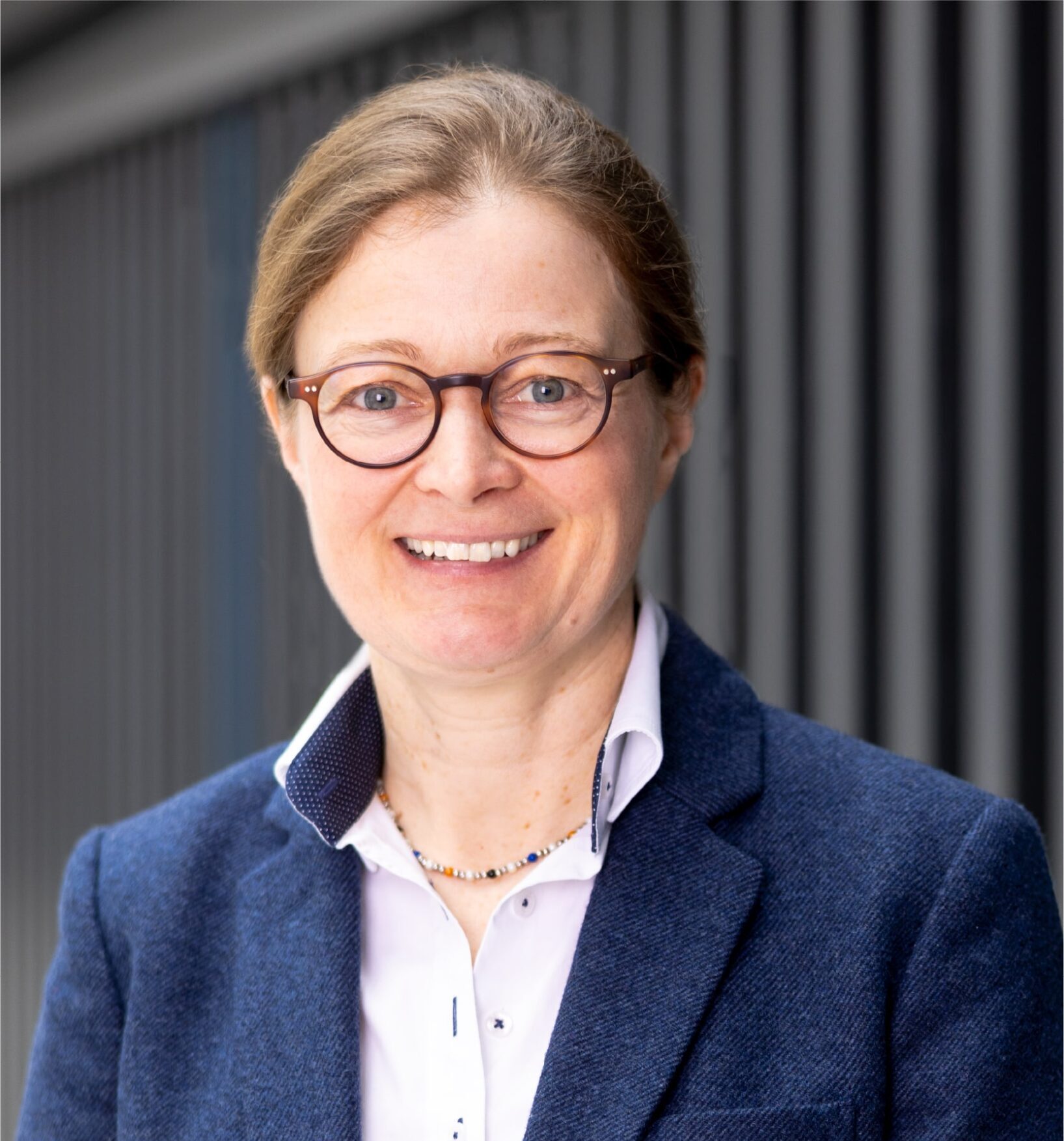
SIM: Fast and rather easy super-resolution microscopy
Interview with Ivan Novotný, Ph.D., from Light Microscopy Core facility at Institute of Molecular Genetics, in Prague, Czech Republic.
Please tell us a little bit about yourself.
I am employed as an imaging specialist at the Light microscopy core facility at the Institute of Molecular Genetics of the Czech Academy of Science in Prague, CZ, part of Euro-BioImaging’s Prague Node. I am really interested in super-resolution (SR) methods and Structured illumination microscopy (SIM) is one of them.
Please provide a short summary of this type of SIM microscopy and list some applications:
As any other super-resolution method SIM aims to obtain multi-color fluorescence images at spatial resolution better than the physical limit given by light diffraction. SIM is a camera-based microscope, which uses a moving structured excitation light pattern to excite fluorophores in the sample instead of homogenous illumination typical for standard wide-field fluorescence systems.
Because we are talking about a super-resolution method, we think about visualization of intracellular structures or generally structures of interest that are much smaller than a typical cell. Compared to other super-resolution techniques, one of the great benefits of SIM is that the method does not require any special sample preparation and is relatively fast. OK, the sample preparation procedure should be precise, as you want to see more then with a standard microscope, but you can keep the fluorophores, sample fixation, mounting from your standard protocol. Moreover, the method is suitable for live cell imaging.
Tell us a bit more about some specific projects done in your facility using SIM:
In practical ways, the method allows you to obtain super-resolution images from a variety of standard fixed samples of tissue cultures – and those can be used to visualize all sorts of sub-cellular structures, such as centromeres and nuclear pores. We routinely use SIM for imaging not only adherent cells, but also plant cells, mouse sperm, bacteria and also thin tissue sections. When we talk about live cell imaging, SIM is standardly used for imaging of microtubules, mitochondria or intra-nuclear non-membrane structures like Cajal bodies etc.
In the particular case of Bacillus subtilis imaging, the user was limited to use standard staining protocols, but at the same time she needed to get higher resolution at a large area for more precise quantification of molecular distributions within these small bacteria. A standard expression of EGFP together with Nile red staining and DAPI counterstaining was used. An important thing to note is also that the studied sample was nicely transparent – not thick and optically flat. The resulted image is twice better in resolution in comparison with standard wide-field imaging.
Here we can provide an illustrative SIM images of a Bacillus subtilis (left) and Mouse sperm (right):
Left: Bacillus subtilis strain expressing a GFP tagged Rbp ribosomal protein, stained for membranes with Nile red and for DNA with DAPI, SIM. Scale bar: 2 µm. Author: Michaela Sikova, Laboratory of Microbial Genetics and Gene Expression, Institute of Microbiology of the CAS, CZ.
Right: Visualization of mutual position of CD151 (green) and alpha6 integrin (red) on mouse acrosome intact sperm by SIM, DAPI counterstaining (blue). Scale bar: 2 µm. Author: Dr. Michaela Frolikova, Laboratory of Reproductive Biology, Institute of Biotechnology of the CAS, BIOCEV
Additional publications:
https://pubmed.ncbi.nlm.nih.gov/31840842/
https://pubmed.ncbi.nlm.nih.gov/28476938/
https://pubmed.ncbi.nlm.nih.gov/25600876/
https://pubmed.ncbi.nlm.nih.gov/32152440/
What other services do you provide in your facility that would be useful in combination with this type of microscopy?
At the Light Microscopy Core facility at the Institute of Molecular Genetics, in Prague, we usually provide our users with image analysis assistance when some quantitative or qualitative output is required. We are also advanced in sample preparation and many times we provide our users with advice and supervision during the sample preparation step. And we also produce our own mounting media suitable for super-resolution microscopy due to their optimized properties – anti-fade effect and a high refractive index. And in cases when spatial resolution offered by SIM is not sufficient, we also offer STED and single-molecule localization technologies provided the sample can be prepared according to the requirements of these methods. To sum up, in super-resolution microscopy we offer a complete service, and help our users at every step of the workflow, from proper sample preparation to imaging to image analysis
Why should scientists choose your facility for SIM?
We are quite familiar with the method (we have been providing it since 2015 as a service and I, myself, have practical experience with SIM since 2012). We can supervise not only the imaging but also the sample preparation and we can be helpful also with the analysis. Finally, our instrumentation for SIM is the DeltaVision OMX V4 with blaze module, which is a very stable and very fast system, suitable for both fixed samples but also live cell imaging.
How to apply:
In July 2020, Euro-BioImaging launched a Proof-of-Concept study- in collaboration with its Nodes - making it possible to access six imaging technologies that were previously unavailable via Euro-BioImaging. This article – the third in a series - features interviews with Euro-BioImaging Node staff, shedding light on some potential applications of these technologies - and providing advice on how to get the most out of them. We are currently accepting applications to use these technologies as part of the Proof-of-Concept study.
All scientists, regardless of their affiliation, area of expertise or field of activity can benefit from Euro-BioImaging’s pan-European open access services. Potential users of these new technologies are encouraged to submit project proposals via our website. To do so, you can Login to access our application platform, choose the technology you want to use and the facility you wish to visit, then submit your proposal. All applications will be processed by the Euro-BioImaging Hub. As usual, users will benefit from advice and guidance by technical experts working at the Nodes, training opportunities, and data management services.
For more information: info@eurobioimaging.eu
More news from Euro-BioImaging


